Low ovarian reserve
At Tambre we use the most innovative treatments to deal with low ovarian reserve and low ovarian response.

Do you need a second medical opinion?
How do we treat low ovarian reserve?
Thanks to personalised ovarian stimulation or reactivation of eggs with platelet-rich plasma (PRP), we can obtain more oocytes and thus optimise your chances of pregnancy.
What is low ovarian reserve?
Low ovarian reserve is the decrease in the number of eggs available in the ovary.
Low ovarian reserve is the decrease in the number of eggs available in the ovary. We know that the
ovarian reserve is determined from birth and decreases throughout life until it is finally exhausted at menopause. The best eggs are those released when a woman is between 20 and 30 years old.
From the age of 35 onwards, the decline becomes very marked, and at the age of 40, the chances of getting pregnant naturally are less than 5%, not only because there are fewer eggs left, but also because they are of poorer quality.
Age is therefore the main cause of low ovarian reserve.
However, this can also occur prematurely at a younger age due to various factors (endometriosis, genetic factors, previous ovarian surgery, radio or chemotherapy treatments, etc.). Low ovarian reserve not only means a decrease in the probability of achieving spontaneous pregnancy but also a low response to ovarian stimulation treatments.

What is low ovarian response?
We speak of a patient with a low ovarian response when she has undergone a previous ovarian stimulation treatment and 3 or fewer oocytes have been obtained, or when she presents a variation in the parameters of ovarian reserve:
Decrease in anti-mullerian hormone (AMH) blood levels below 5 – 1.1 ng/ml. AMH is a hormone produced by the ovarian follicles and its level in the blood provides an indication of the number of eggs remaining in the ovaries.
Low antral follicle count, observed by transvaginal ultrasound. Antral follicles are small fluid-filled sacs found in the ovaries. Each antral follicle contains an egg that has the potential to mature during the menstrual cycle.
There are also other complementary hormonal tests that can help diagnose low ovarian reserve:
1-Follicle-stimulating hormone (FSH) acts on the ovaries and is responsible for stimulating follicle growth. When there is low ovarian reserve, the level of this hormone increases in an attempt to activate the ovary. A value above 10, in the first phase of the cycle (from day 1 to day 5) indicates that the ovarian reserve is starting to become low.
2-Estradiol is released by the active follicles. Its level gives us an idea of the ovarian reserve. Oestradiol of more than 70 ng/ml in the initial stage of the cycle indicates a possible low ovarian reserve.
3-Luteinising hormone (LH) is responsible for recruiting follicles and triggering ovulation. Abnormally high values can point to various disorders and indicate problems with ovarian reserve.
Personalised diagnosis
At Tambre we develop individualised treatments to optimise your chances of pregnancy.
The importance of identifying the cause
At Tambre we will try to find out the reason for low ovarian reserve or low ovarian response, since by identifying the cause we can establish an appropriate treatment strategy to obtain a greater number of oocytes and thus achieve pregnancy.
The factors that influence low ovarian reserve and low ovarian response are:
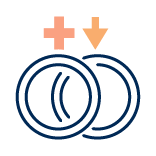
Age
The older the patient is, the lower the ovarian reserve, the lower the oocyte quality and the worse the response to hormonal treatments.
If the patient is over 40 years old, this could be the main cause.

Autoimmunity
Sometimes the body’s own immune system attacks the ovaries as it considers them to be foreign.
The damage caused by the antibodies can lead to early ovarian ageing.
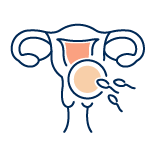
Endometriosis
This progressive disease involves the growth of the endometrium (tissue that lines the inside of the uterus) towards reproductive organs, such as the ovaries, thus reducing the egg supply.

Genetic diseases
If certain genetic tests, such as karyotype or Fragile X syndrome, are positive, we can discover the origin of the infertility and, in addition, we can prevent the baby from being born with a genetic disease by carrying out genetic diagnosis of the embryo (PGD).
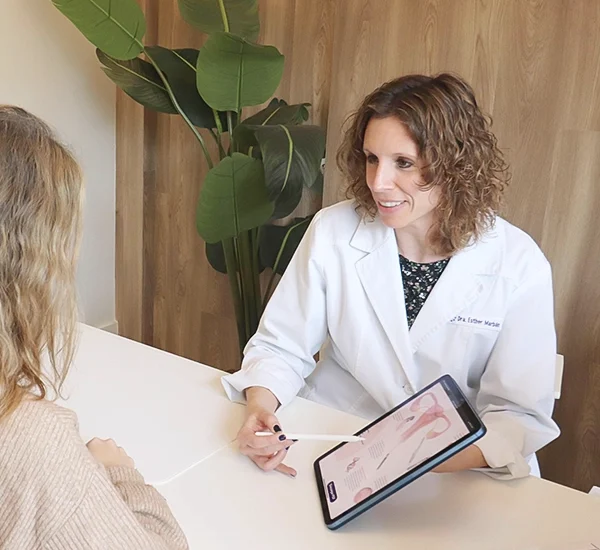
Personalised ovarian stimulation procedures
At Tambre, depending on the causes and particular circumstances of each patient, we can develop different procedures to obtain the highest possible number of oocytes to improve the prognosis for pregnancy in patients with low ovarian reserve or low ovarian response:
We can plan several cycles of personalised stimulation to accumulate oocytes that we vitrify until we obtain an adequate number of oocytes, such as that of a “normal responder” patient. This increases the probability of obtaining a good-quality embryo through IVF which, when the time comes, we can transfer. Since the patient undergoes several stimulations, but only one embryo transfer, the time and cost of the treatment are reduced.
Another procedure with which we can achieve oocyte accumulation consists of carrying out a double stimulation, that is to say, carrying out a stimulation with an oocyte collection and, immediately afterwards, in the luteal phase, continuing with a second stimulation, which would allow us to carry out two ovarian stimulations with two egg collections within the same menstrual cycle. Similarly, we can use vitrification and in vitro fertilisation techniques to obtain a good-quality embryo in less time.
If we have not been able to increase ovarian response with other strategies, we can use ovarian reactivation (also known as ovarian rejuvenation). It should be borne in mind that, even if the patient is a low responder, she has a residual oocyte endowment that cannot be activated with the drugs available today. In these cases, we can try to reactivate the dormant oocytes by intraovarian administration of the patient’s own platelet-rich plasma (PRP) to improve ovarian response. This technique is especially beneficial in young patients who still have menstrual cycles.
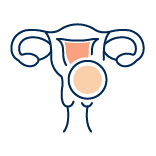
What happens if the quality of the eggs is not good?
At Tambre we aim to improve the prognosis of patients with low ovarian reserve and low ovarian response. Through different strategies, treatments and advanced technology we can obtain more oocytes, but it is important to emphasize that we cannot improve their quality. Therefore, in the case of poor oocyte quality, alternatives such as oocyte donation or embryo donation are considered in order to have a better chance of achieving a viable pregnancy.
For your safety, at Tambre we have our own egg and sperm banks, which offers every guarantee and security.
Why Tambre can fulfil your dream?
Specialists in Advanced Reproductive Medicine

Pioneers in Spain and Europe

45 years of excellence in the field
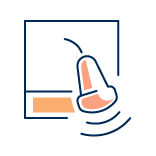
Tailor
made treatments

State of the art laboratory
More advantages Tambre
- State-of-the-art assisted reproduction laboratory.
- Our own andrology laboratory.
- RI Witness™ for the safety and traceability of gametes.
- GERI®: Embryo Incubator®.
- Fenomatch, we find the right egg donor and/or sperm donor and match them with you.
- Zymot-ICSI (Chip Fertile), selection of the best sperm before ICSI.
- You will have your own gynaecologist and nurse, except for emergencies, and the same medical team will follow your case in depth and attend you from the beginning to the end of the treatment.
- You will have a consultant from our Specialised Tambre Care team who will support you and answer any question you may have throughout the whole process.

Te enviamos a tu mail toda esta información en PDF
¿Te gustaría tener acceso a toda esta información sobre especialistas en Medicina Reproductiva Avanzada en cualquier momento?
Te lo enviamos en formato pdf a tu email, así podrás revisarlo tranquilamente cuando lo desees.
We stay with you
Our support team is always at your side for whatever you need
Shall we call you?
Our support team is always at your side for whatever you need
Or send us an email to atpaciente@clinicatambre.com




